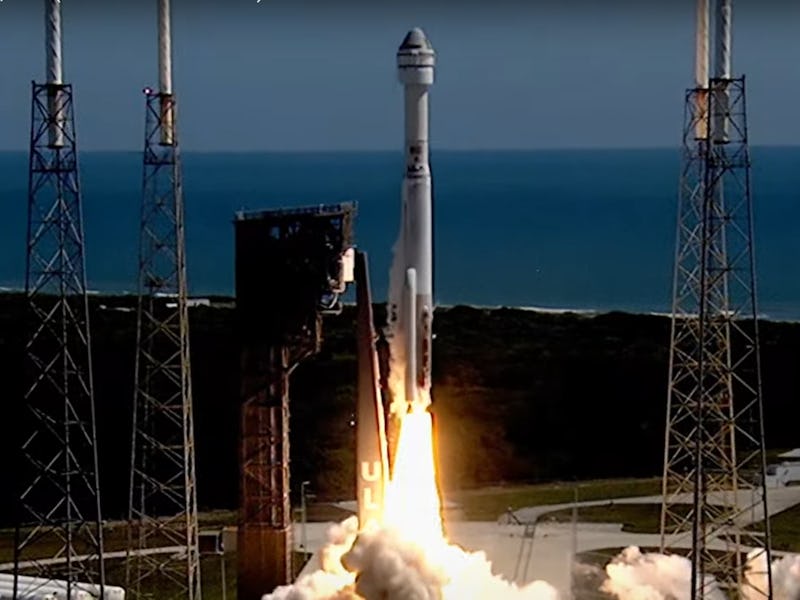Suni Williams Just Became the First Woman To Test Fly An Orbital Spacecraft
Boeing Starliner's Wednesday launch aimed to be only the sixth time the U.S. has debuted a new spacecraft.

It was finally smooth sailing on Wednesday for the Boeing Starliner spacecraft named Calypso. NASA astronauts Butch Wilmore and Suni Williams are the latest astronauts to debut a new spacecraft. Williams has also made history as the first woman to perform such a feat.
Sailing through suborbital space at a whopping 17,500 miles per hour, northward along the U.S. East Coast and towards Ireland, Calypso’s launch marked only the sixth time NASA astronauts debuted a new spacecraft. Mercury, Gemini, Apollo, Space Shuttle, SpaceX Crew Dragon, and now Boeing Starliner.
Calypso will introduce a backup plan for the U.S. to launch its astronauts into low-Earth orbit. When the Space Shuttle retired in 2011, NASA spearheaded its current Commercial Crew program. Two companies, Boeing and SpaceX, received contracts in 2014 to develop and build out human-rated spacecraft that could deliver NASA astronauts to the International Space Station (ISS) efficiently and at low-cost. SpaceX performed its first crewed test in 2020. Now, almost exactly four years later, Boeing is doing its own Crew Flight Test.
At 10:52 a.m. Eastern on Wednesday, Starliner finally lifted off the launch pad at Space Launch Complex 41 at Cape Canaveral Space Force Station. Williams and Wilmore are heading to the ISS for an eight day stay, and will then land in the U.S. southwest. Williams is now the first woman to test fly a new spacecraft.
Just before reaching Mach 1, about 45 seconds into flight, Calypso experienced Max Q. That’s the moment the spacecraft experiences the greatest dynamic pressure.
Calypso launched atop a United Launch Alliance (ULA) Atlas V rocket. Wednesday’s flight marked the first time that an Atlas-class rocket sent humans to space in 61 years, when it lofted the final flight of NASA’s Mercury program.
At 11:08 a.m. Eastern, the Starliner successfully separated from the Atlas V rocket.
Like many spaceflights, Crew Flight Test encountered delays. The first launch attempt on May 6 was scrubbed due to a valve problem on the Atlas V. Subsequent reviews revealed helium leaks in the Starliner module capsule. Starliner’s most recent launch attempt on Saturday was called off less than four minutes before terminal count, or liftoff, when a computer card of the ground systems triggered an automatic hold.
Wilmore and Williams will reach the ISS on Thursday.